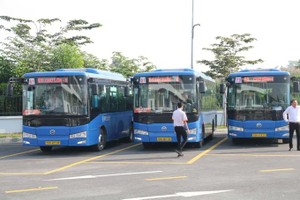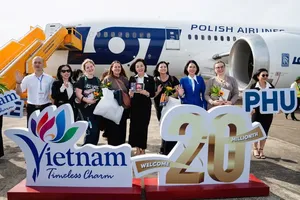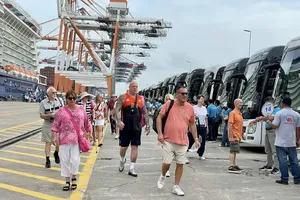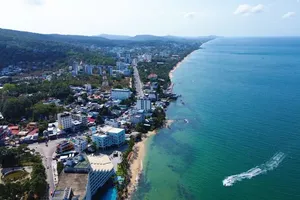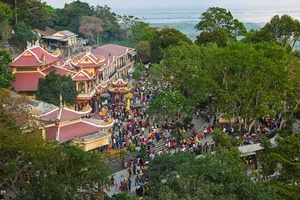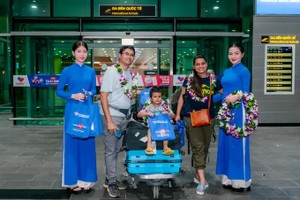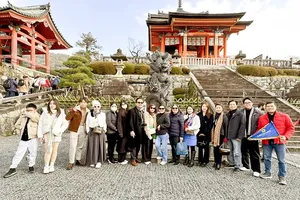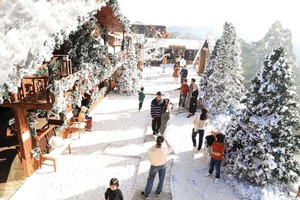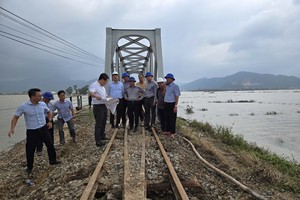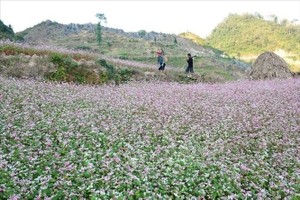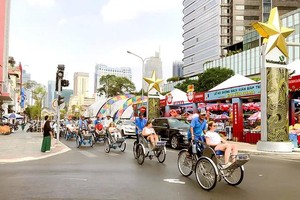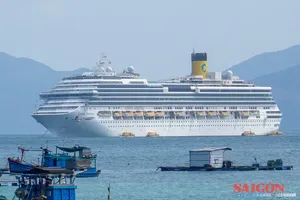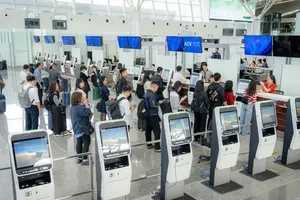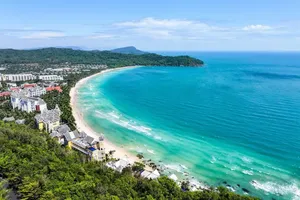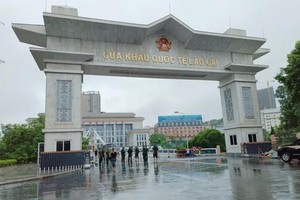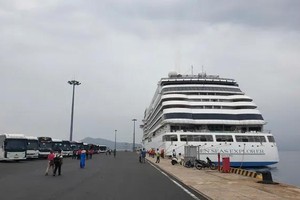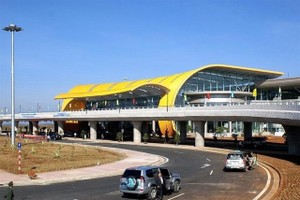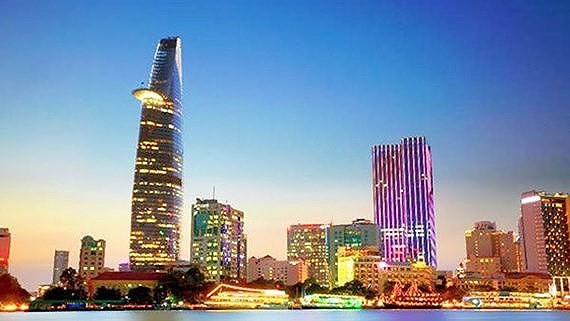
The most famous travel guide book said that “Though long heralded as hip, Vietnam's southern supercity somehow keeps getting cooler. Aging apartment blocks are being colonised by vintage clothes stores and independent coffee shops, innovative breweries like Heart of Darkness and East West Brewing are fuelling one of the best craft beer scenes in Southeast Asia, and a selection of eclectic venues are strengthening the local music scene.
Add these recent developments to the city’s essential long-standing attractions like the War Remnants Museum, which details HCMC’s recent history in eye-opening displays, a pioneering street food scene and accommodation suited to all standards – not forgetting superb flight connections – and it appears this buzzing Asian megalopolis is in no danger of going out of style.”
According to the HCMC Department of TourismHo Chi Minh City received more than 3.8 million international visitors in the first 6 months, a 26.5 percent higher than in the same period last year, and reached 51 percent of this year's target. The city's tourism sector earned VND62,600 billion (US$2.7 billion), up 15.7 percent compared to the last year and achieved 45 percent of the target in this year.
According to the Ho Chi Minh City Statistics Office, a foreign tourist spent averagely VND3.3 million (US$145) per day and stayed 5.21 days in 2017. The number of international visitors who have an average length of stay of 4-7 days accounted for 48 percent of the total while the survey showed that 40 percent of international travelers had a stay of 8-14 days. A domestic holiday maker spends averagely VND1.58 million a day. The number of local visitors who have an average length of stay of 1-3 days accounted for 61.1 percent of the total while the number of people had a stay of 4-7 days accounted for 40 percent.
Lonely Planet's travel experts voted Busan in first place ahead of Uzbekistan.
Western Ghats in India was ranked the fourth after Nagasaki in Japan, Thailand’s Chiang Mai, Nepal’s Lumbini, Arugam Bay in Sri Lanka, Sichuan in China and Komodo National Park in Indonesia.
